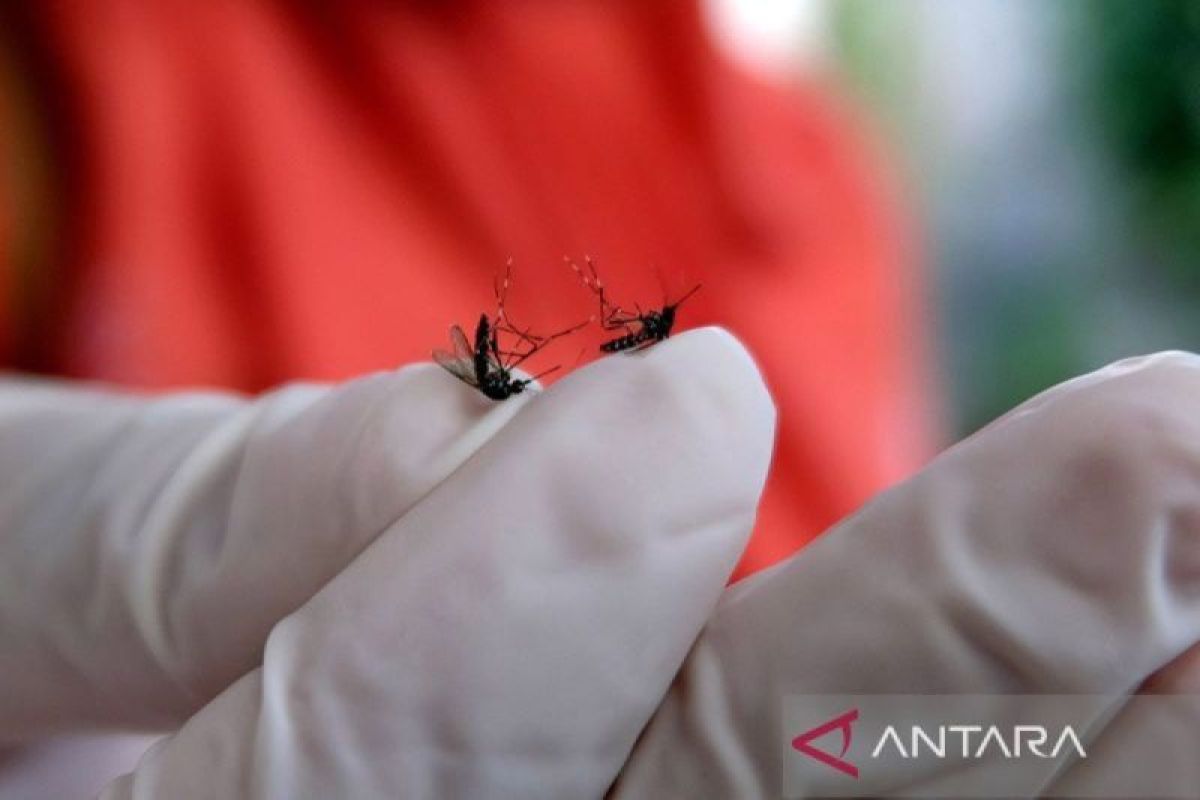Dengue fever, or DBD, is a serious disease transmitted by mosquitoes. There are two main types of mosquitoes that are responsible for spreading this disease: Aedes aegypti and Aedes albopictus. Both of these mosquitoes are known to be carriers of the dengue virus, but there are some key differences between the two species.
Aedes aegypti is the primary vector for transmitting dengue fever. This mosquito is easily recognizable by its black and white striped legs and body. It is a daytime biter, meaning it is most active during the day and is commonly found in urban areas where it breeds in stagnant water sources such as flower pots, tires, and other containers.
On the other hand, Aedes albopictus, also known as the Asian tiger mosquito, is another species that can transmit the dengue virus. This mosquito is characterized by its black and white striped legs and body, similar to Aedes aegypti. However, Aedes albopictus is more adaptable and can survive in a wider range of environments, including rural areas and forests. It is also a daytime biter and breeds in similar stagnant water sources as Aedes aegypti.
While both Aedes aegypti and Aedes albopictus can transmit the dengue virus, there are some differences in their behavior and habitats. Aedes aegypti is more commonly found in urban areas, while Aedes albopictus is more adaptable and can survive in a variety of environments. Both species breed in stagnant water sources, so it is important to eliminate these breeding grounds to prevent the spread of dengue fever.
In conclusion, Aedes aegypti and Aedes albopictus are two species of mosquitoes that are responsible for spreading dengue fever. While they have some similarities in appearance and behavior, there are also some key differences in their habitats and adaptability. By understanding these differences, we can better control and prevent the spread of dengue fever in our communities.
